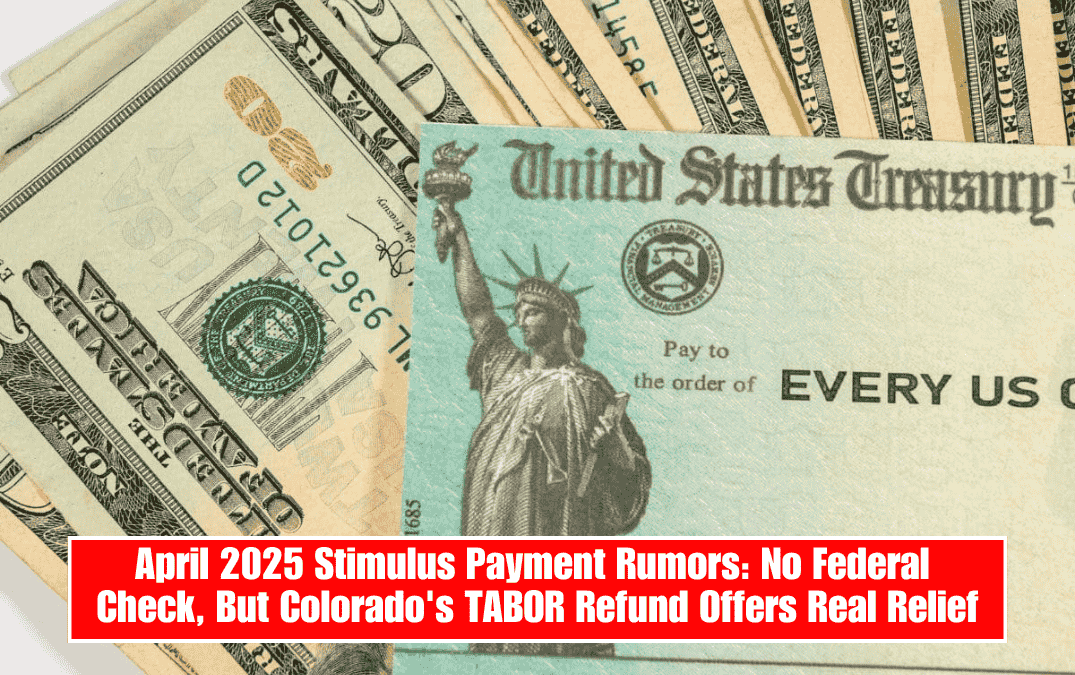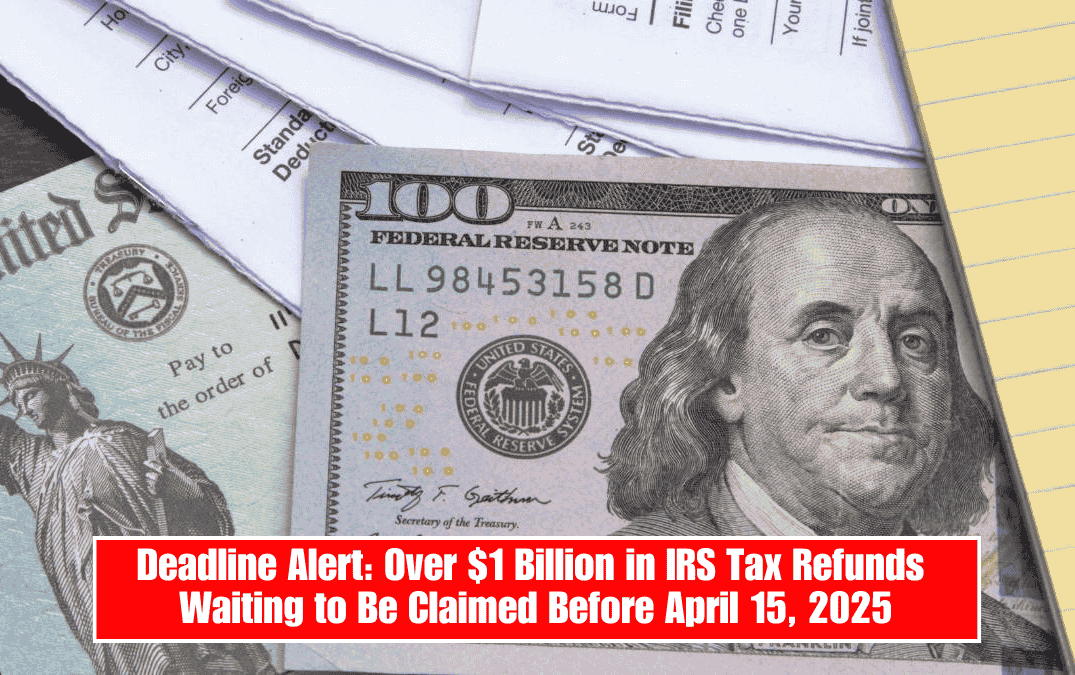Unclaimed IRS Stimulus Checks from 2021: Over $1.1 Billion Still Waiting—Claim It Before April 15!
Many Americans may not realise it, but the IRS is holding onto over $1.1 billion in unclaimed stimulus money from 2021. If you didn’t file taxes that year or missed out on a credit, you might be giving your money away to the government—without even knowing it.
The good news is that you still have a chance to claim it. The bad news? The deadline is April 15, 2025. After that, the money becomes property of the Federal Reserve, and you can’t get it back.
What Are These Unclaimed IRS Stimulus Payments?
These payments come from the third round of stimulus checks provided under the American Rescue Plan of March 2021. This program sent $1,400 to eligible adults and dependents during the pandemic. While most people received their payments or claimed them through the Recovery Rebate Credit on their tax returns, the IRS recently discovered that nearly 1 million people never claimed their money.
These payments were part of the Economic Impact Payments (EIP)—first introduced by the Cares Act in March 2020. The first payment was $1,200 per adult, the second was $600, and the third was $1,400. The third round is the one that is still available for claim until April 15, 2025.
Who Is Eligible to Claim These Stimulus Payments?
- You can still claim your 2021 stimulus check if: You were eligible but didn’t file a 2021 tax return (maybe due to unemployment or low income).
- You filed but did not claim the Recovery Rebate Credit or made a mistake while filing.
- Your child or dependent was not properly listed.
Even if you didn’t earn enough to file taxes in 2021, you might still qualify. But to get your money, you must file your 2021 tax return before the April 15, 2025 deadline.
How Much Can You Get?
Depending on your situation, the IRS could still send you up to $1,400 per person, including for eligible dependents. For families, this could mean several thousand dollars that are still available.
How to Claim Your Money Before the Deadline
The IRS recommends taking these steps immediately: Log in or create an online IRS account.
Ask employers or banks for W-2 or other tax documents.
Use IRS tools to request your tax transcript if needed.
File your 2021 tax return correctly and make sure to claim the Recovery Rebate Credit.
You should also make sure your 2022 and 2023 tax returns are filed, as refunds might be delayed if these are missing. Also, if you owe other debts to the government, your refund could be used to pay them off.
How to Track Your Refund Status
- If you’ve filed your return and are waiting on the refund, here’s when you can track it: Electronic returns: 24 hours after submission.
- Old electronic returns: 3 to 4 days later.
- Paper returns: Around 4 weeks later.
Challenges With the IRS in 2025
The IRS has been struggling this season due to budget cuts and employee layoffs ordered under President Donald Trump and DOGE Secretary Elon Musk. Over 6,000 IRS employees were laid off in February, reducing the agency’s ability to help taxpayers quickly.
Even though the Inflation Reduction Act of 2022 added funds to upgrade the IRS, these gains have been affected by recent cost-cutting measures.
So, if you think you qualify for this unclaimed money, don’t wait. With reduced staff and long processing times, filing early is your best option to avoid delays—and to make sure you don’t lose out.
Time is running out to claim your 2021 stimulus payment. With over $1.1 billion still unclaimed and a hard deadline of April 15, 2025, many Americans are at risk of permanently losing money that legally belongs to them. Whether you missed your payment or didn’t file taxes that year, now is the time to act.
File your 2021 tax return, claim the Recovery Rebate Credit, and track your refund using IRS tools. Don’t let your money disappear into the Federal Reserve forever—get it before it’s too late.















